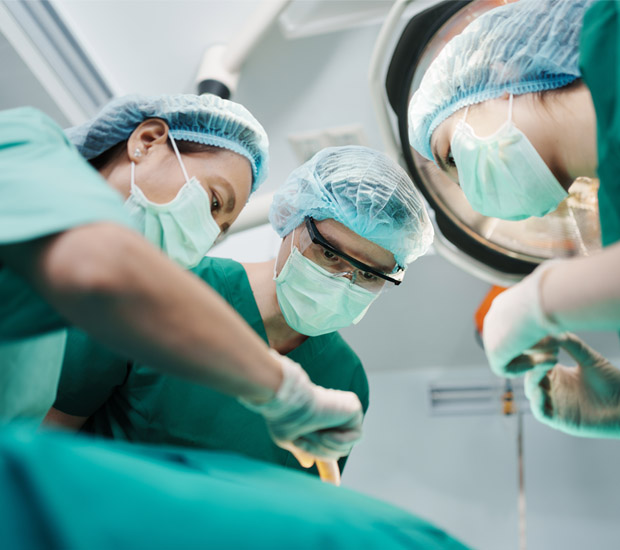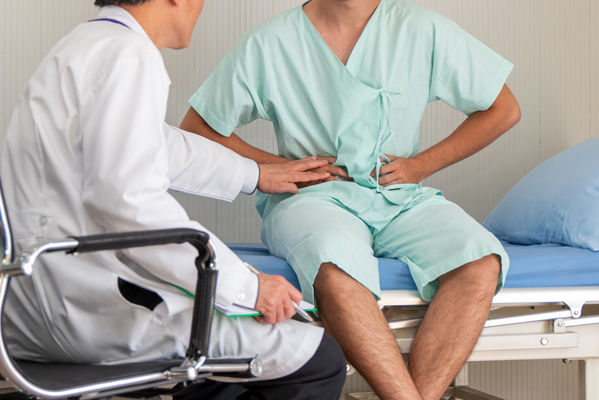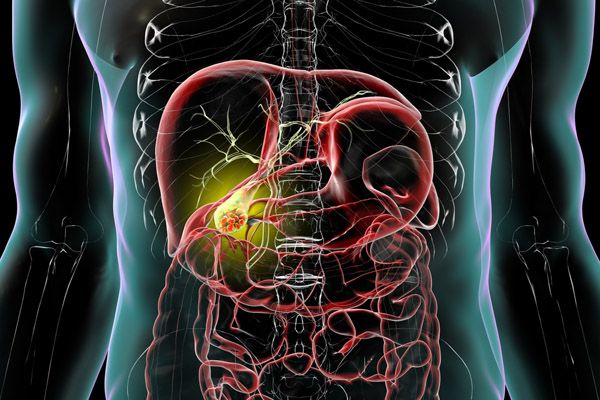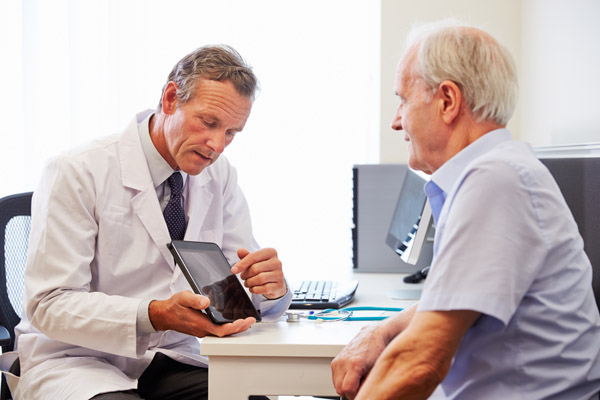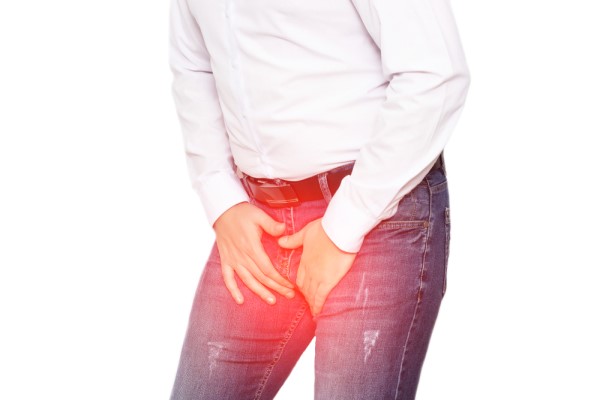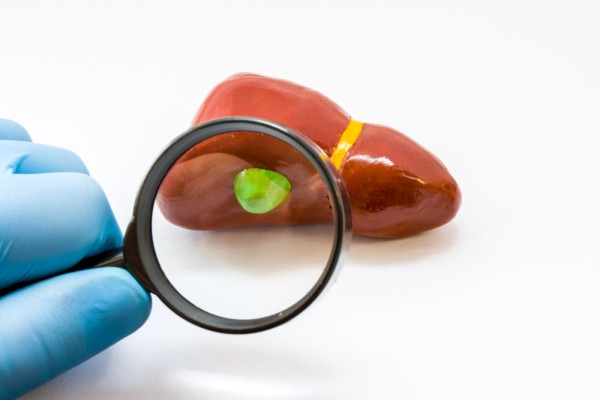CholecystectomyLong Beach, CA
Cholecystectomy is the surgical removal of the gallbladder, most often performed to treat gallstones and the complications they cause. The gallbladder is a small organ beneath the liver that stores and releases bile to help digest fat. When gallstones form and begin causing pain, inflammation, or blockages, removing the gallbladder can provide long-term relief. This procedure is one of the most common and safest abdominal surgeries performed in the United States today.
At Associates in General Surgery, patients receive professional evaluation and treatment for gallbladder conditions requiring cholecystectomy. If you are experiencing upper abdominal pain, indigestion, or a history of gallbladder attacks, our team can help determine whether this procedure is appropriate. Contact our office to schedule a consultation.
When is Cholecystectomy Recommended?
Cholecystectomy is typically recommended when gallstones cause recurrent pain, gallbladder inflammation (cholecystitis), bile duct blockage, or pancreatitis. According to the National Institute of Diabetes and Digestive and Kidney Diseases (NIDDK), gallstones are responsible for the majority of cholecystectomy procedures. Surgery may also be necessary if polyps, tumors, or infections affect gallbladder function.
Symptoms that may indicate the need for cholecystectomy include sudden, severe pain in the upper right abdomen (especially after eating), nausea, vomiting, bloating, or fever. If left untreated, gallbladder conditions can lead to life-threatening complications. Surgical removal of the gallbladder helps eliminate the risk of recurrence and allows patients to return to normal activities without chronic discomfort.
“Surgical removal of the gallbladder helps eliminate the risk of recurrence and allows patients to return to normal activities without chronic discomfort.”
Types of Cholecystectomy
There are two primary types of cholecystectomy: laparoscopic and open surgery. The University of Maryland Medical Center reports that laparoscopic cholecystectomy is the preferred method for most patients. It involves several small incisions, a tiny camera (laparoscope), and specialized tools to remove the gallbladder. This technique is minimally invasive, leading to faster recovery and reduced risk of complications.
Open cholecystectomy, which involves a single larger incision in the abdomen, may be necessary for patients with extensive inflammation, scar tissue from previous surgeries, or unusual anatomy. While recovery takes longer, open surgery is still a safe and effective option when laparoscopic surgery is not feasible.
“Laparoscopic cholecystectomy is the preferred method for most patients due to its shorter recovery time and reduced complication risk.”
What to Expect During Surgery
Cholecystectomy is performed under general anesthesia and usually takes between one to two hours. In a laparoscopic procedure, the surgeon inserts a camera and instruments through small incisions to remove the gallbladder. The incisions are then closed with sutures or surgical glue. In open surgery, the gallbladder is removed through a larger incision in the upper right abdomen.
After the procedure, patients are monitored in a recovery room before being discharged. Many patients who undergo laparoscopic cholecystectomy go home the same day. Those who have open surgery may stay in the hospital for one or more nights, depending on the complexity of the case and individual recovery factors.
“Many patients who undergo laparoscopic cholecystectomy go home the same day.”
Check out what others are saying about our services on Yelp: Cholecystectomy in Morgan Hill, CA
Recovery and Aftercare
Recovery from laparoscopic cholecystectomy typically takes about one to two weeks. Most patients can return to light activities within a few days and resume regular eating habits shortly after surgery. Some may experience mild digestive changes, such as diarrhea or bloating, which usually resolve within a few weeks. The Johns Hopkins Medicine site explains the recovery process and that most people can live normal, healthy lives without a gallbladder.
Open cholecystectomy involves a longer recovery period, often between four to six weeks. During this time, patients are advised to avoid heavy lifting, strenuous exercise, and high-fat meals until cleared by their surgeon. Follow-up visits are essential to ensure proper healing and to address any questions about diet, medications, or physical activity.
“Most people live normal, healthy lives without a gallbladder.”
Benefits and Risks of Cholecystectomy
Cholecystectomy is highly effective at relieving gallbladder-related symptoms and preventing future complications. Benefits include the elimination of gallstone attacks, reduced risk of infection, and improved digestive comfort. For many patients, quality of life improves significantly after surgery, with fewer dietary restrictions and less abdominal pain.
As with any surgery, there are risks. These may include bleeding, infection, bile duct injury, or adverse reactions to anesthesia. According to the MedlinePlus medical encyclopedia, serious complications are rare when the procedure is performed by a qualified general surgeon. Patients are encouraged to discuss all potential risks and benefits with their provider before proceeding with surgery.
“Cholecystectomy is highly effective at relieving gallbladder-related symptoms and preventing future complications.”
Questions Answered on This Page
Q. When is cholecystectomy needed?
Q. What types of cholecystectomy are available?
Q. What happens during a cholecystectomy?
Frequently Asked Questions
Q. How do I know if I need a cholecystectomy?
A. Patients experiencing repeated gallbladder attacks, inflammation, or complications such as bile duct blockages may need a cholecystectomy. Imaging tests and blood work will help determine the best course of action based on symptoms and health history.
Q. Can I live normally without a gallbladder?
A. Yes. Most people live healthy lives after gallbladder removal. While some temporary changes in digestion may occur, the body adjusts over time. Patients are usually able to return to their normal diet with only minor modifications.
Q. Is laparoscopic cholecystectomy always an option?
A. Laparoscopic surgery is preferred for its faster recovery and smaller incisions, but it may not be suitable for everyone. Factors such as scar tissue, infection, or anatomical variation may require open surgery instead. Your surgeon will assess the best approach for your situation.
Q. How painful is recovery from gallbladder removal?
A. Mild to moderate pain at the incision sites is common but manageable with medication. Laparoscopic patients typically experience less discomfort and faster recovery than those undergoing open surgery. Most discomfort improves within the first week.
Q. What are the dietary recommendations after surgery?
A. Patients are advised to follow a low-fat, bland diet for the first few days after surgery. Gradually, the patient will reintroduce more foods into their diet. Eating smaller, more frequent meals may help with digestion, especially in the first few weeks post-op.
Choose Safe, Effective Cholecystectomy With Expert Care
When gallbladder problems interfere with daily life, cholecystectomy can offer lasting relief. Associates in General Surgery perform both laparoscopic and open gallbladder removal with a focus on safety, comfort, and recovery. Our team provides a personalized surgical plan, guiding each patient from diagnosis to post-op care with expert attention.
If you are considering gallbladder surgery, we invite you to contact our office for a consultation. Let us help you return to better health with professional, compassionate care.
Contact Us
Associates in General Surgery is located at
701 E 28th St Ste 117A
Long Beach, CA 90806
